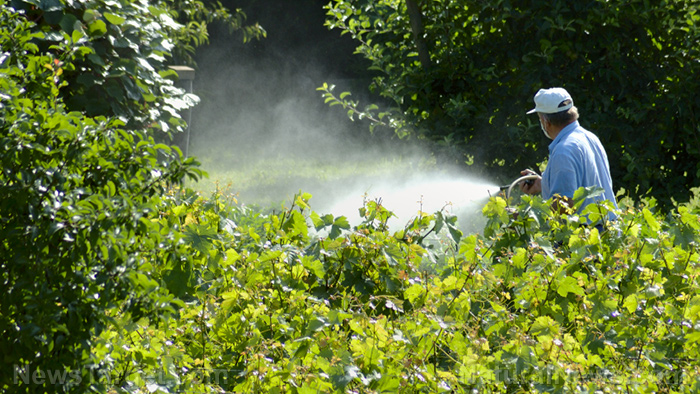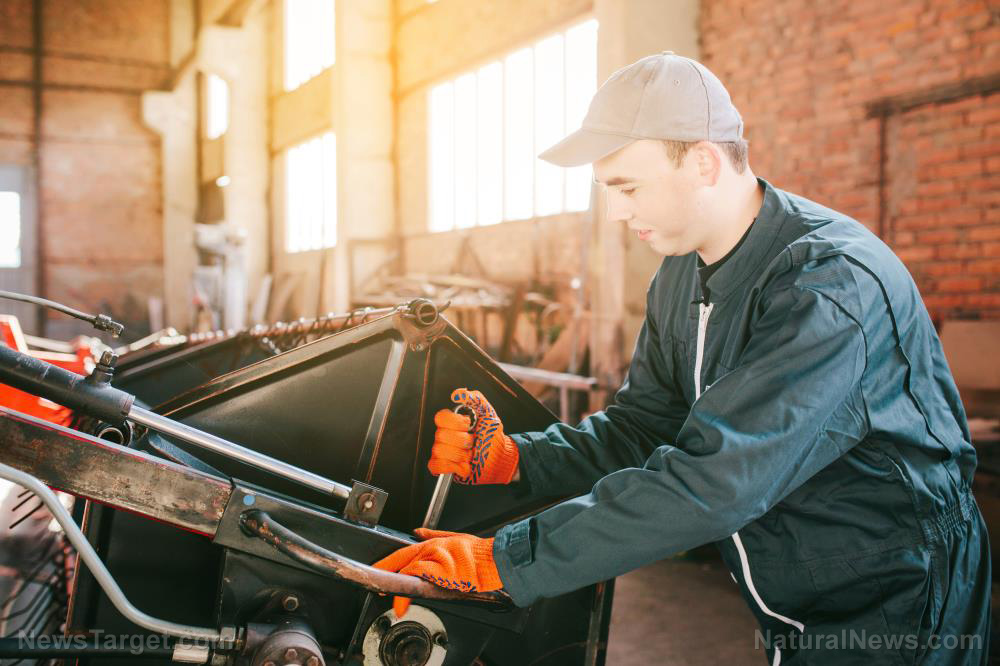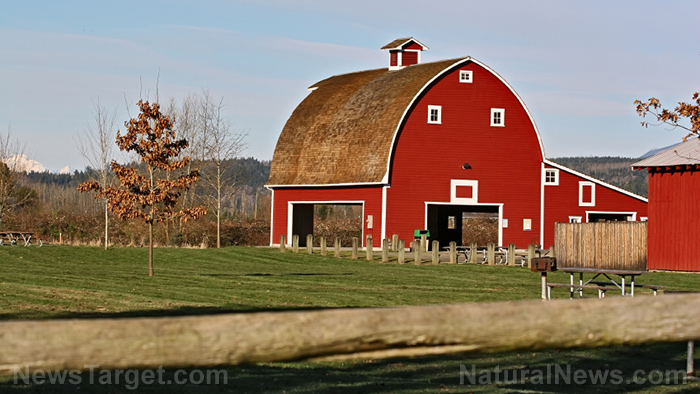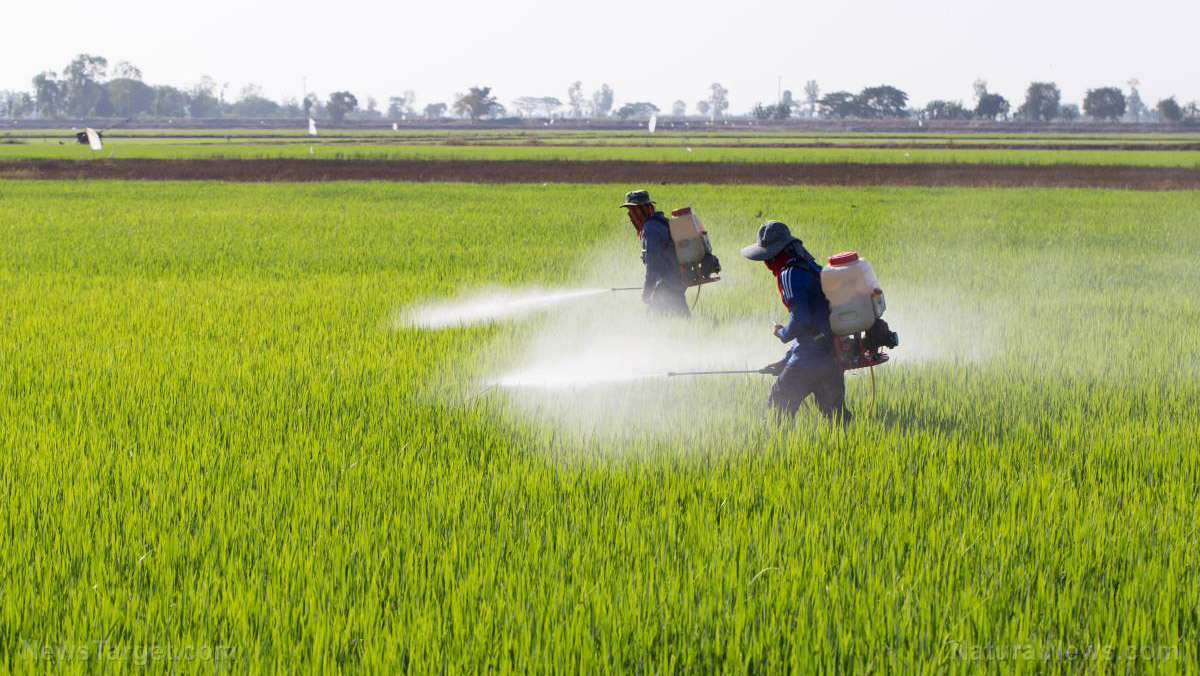Parts shortage hitting farmers hard as supply chain crisis expected to persist well into 2022
10/20/2021 / By Arsenio Toledo
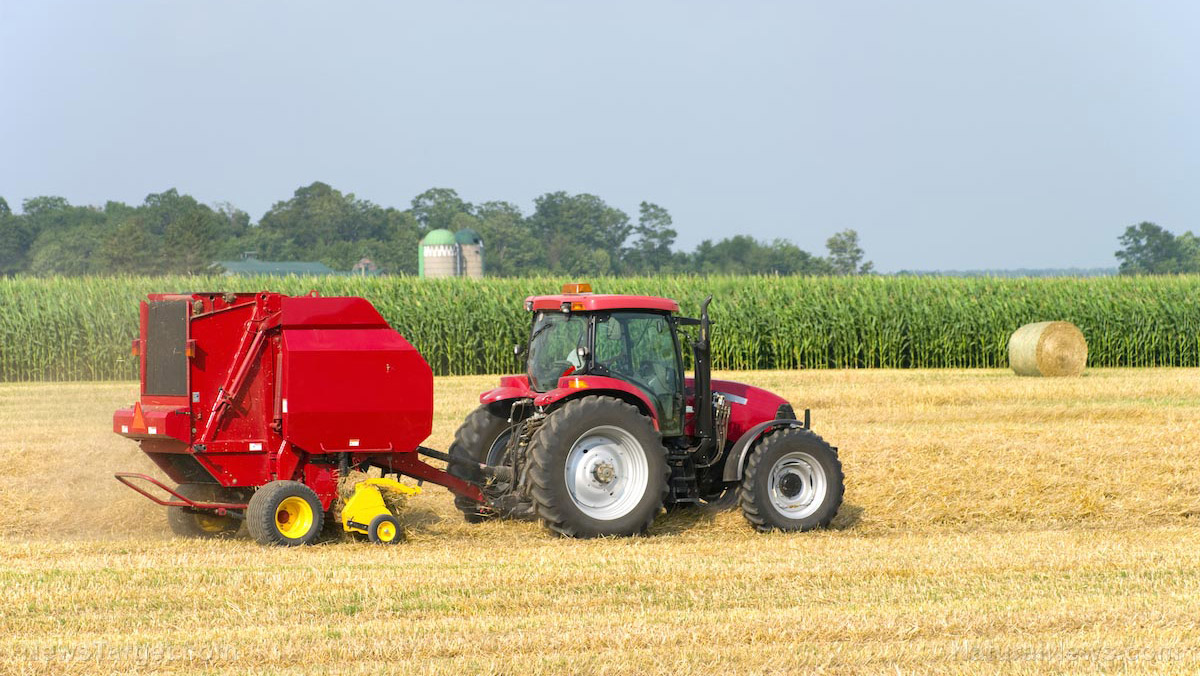
The supply chain crisis is currently hitting America’s agriculture industry hard as parts shortages and other problems affecting farmers are expected to persist well into 2022.
CNH Industrial, one of the largest manufacturers of agricultural equipment, recently announced that it is idling production in Europe due to the semiconductor shortage that has plagued the world since early 2020.
Furthermore, the amount of fertilizer being shipped into the United States is significantly less than what many farmers expected, and many are now concerned there won’t be enough in time for planting next spring.
Many other issues connected to the supply chain crisis are making America’s agricultural workers concerned, including the massive congestion at the ports and the labor shortage affecting the trucking and delivery industries. (Related: Farmers hit hard as supply chain crisis causes massive shortage in machinery and parts.)
Many farmers all over the country are now desperate, as local dealerships run short on necessary parts for their farm equipment.
Gordon Stands, the owner of Stands Farms in Butler County, Kansas, points out that the shortage has lasted at least the past six months and has only gotten worse. Essential pieces are difficult to find and prices for those that can be purchased immediately have gone up.
“They’re really concerned about the input cost rising and even being able to get what you need to put a crop in,” says Stands, who spent the last week searching for another turbo engine.
Stands explains that the shortage is impacting more than just individual parts.
“I’ve heard in several of the dealerships have allocations on combines on sprayers,” he says. “So, if you wanted one and you were a cash buyer just wanting to go purchase one, there’s a pretty good chance you wouldn’t even be able to get one to order for another year.”
Stands says that the situation has made many farmers like himself desperate, and they are now looking for used equipment instead. “It’s really difficult to find right now getting used equipment. It’s selling at a premium.”
To get his hands on the turbo engine he needed, he has to travel more than 350 miles north to South Dakota. “We normally wouldn’t go that far, but that’s where it was. So, that’s where we went.”
Government intervention might make situation for agriculture industry worse
Seth Meyer, chief economist of the Department of Agriculture, claims that the White House is very concerned with how the supply chain crisis is affecting the agriculture industry and is working on figuring out how to solve the industry’s many problems.
“We are spending a lot of time on supply chain issues – most definitely a lot,” says Meyer. “We’re spending a lot of time saying, ‘Hey, what are the levers out there that government can help you with?'”
Agricultural experts believe more government regulations might make the situation worse.
Joe Outlaw, an agricultural economist for Texas A&M University and co-director of the Agricultural & Food Policy Center, believes that if the government has to intervene, any action they take has to be minor.
“We’re economists, and we would say that the markets need to work. If the government can give a nudge here and there, that’s fine,” says Outlaw. “But basically, the markets are going to allocate the resources out there. And from my view, that’s really what I would think needs to happen.”
University of Missouri agricultural economist Scott Brown believes the government can remove some barriers preventing free movement at the country’s ports.
“We need to do everything possible to clear those ports out,” says Brown. “Getting help from the administration there can be beneficial. Let’s not just overstate that we’re going to fix this overnight. It’s going to take time to work through many of the supply bottlenecks. And frankly, I think we will live with those supply bottlenecks for many months ahead.”
The Wall Street Journal has surveyed economists and asked when they believe the supply chain disruptions will largely recede. Thirty-three percent of the respondents believe it will happen sometime during the second quarter of 2022. Nearly 27 percent believe it will end by quarter three, 18 percent believe it will end by quarter four and 15 percent believe the crisis will only be resolved in 2023 or later.
“Next year is going to be a perplexing year in many regards,” notes Constance Hunter, chief economist at professional services network firm KPMG.
She believes growth will be very strong at around four percent. “But it is going to be hard for businesses and consumers to manage through this period of higher prices. It’s unpleasant and challenging.”
Sources include:
Tagged Under: agriculture, big government, Bubble, Collapse, economic crisis, economy, farmers, farms, government intervention, harvest, machinery, market crash, parts shortage, supply chain, supply chain crisis
RECENT NEWS & ARTICLES
COPYRIGHT © 2017 HARVEST NEWS

